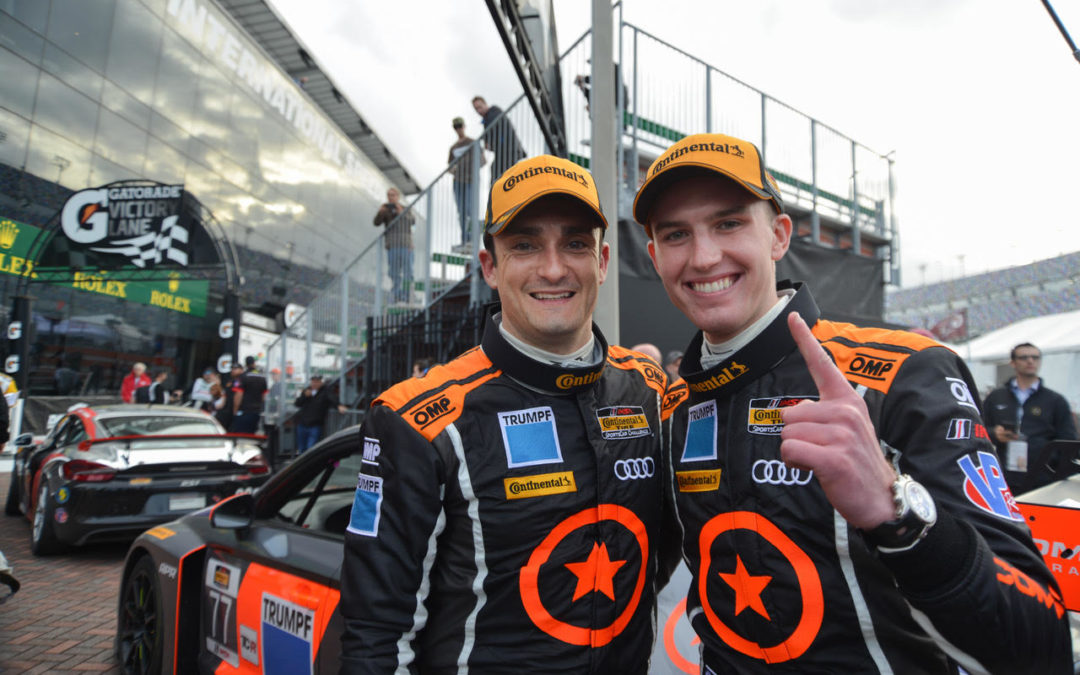Track time can be something that is very limited for teams or drivers, and it’s important to optimize that time when you have it. Developing not only a plan for when you’re on track but also a game plan between you and the team, or you and your co-driver, will really pay off because it allows you to use your time at the track much more efficiently.
For club racers (and most pro teams, for that matter!), this is important because budget restraints can mean that you don’t have as much testing or practice time as you would like.
Developing an effective plan includes making checklists and assigning tasks to know who’s doing what. For Britt Casey, Jr. and I, we have a very thorough post-event report that the team works from. It includes feedback from the drivers as well as the team. That feedback is used to develop a task list, and every responsibility is assigned to someone on the team. This is essential for the development of a racing program across all aspects, from the car to the pit stops to the team’s overall efficiency.
From there, you can use the task list to develop a plan for the next event, including the goals you want to accomplish. This will include everything, like setup goals as well as cohesiveness among the team members and drivers. The plan gets put into action before we ever arrive at the track: Britt and I collaborate by reviewing data and video before the event so we are best prepared for the weekend.
Once we get to the track, we put the rest of the plan into action. Of course, the plan may not always go as intended, so you need to have alternative options in place to keep moving forward despite obstacles.
Along the way, you might have to make some compromises. That might be a compromise between the team and the drivers—you can’t always get exactly what you want, such as a setup change that is ineffective for the long term—or it can be between you and your co-driver. If one of you likes something one way, and the other likes it another—from setup to ergonomics—you have to work together to find what you can both be happy with. Britt and I are good at working together and compromising in a way that doesn’t affect our performance.
At Daytona, we came into the weekend with limited time, but we had a great plan, we executed it, and we adapted to things that challenged us. Taking the time to plan resulted in a win for us. It may not always go that perfectly, but having a good plan really does make a difference. I think our plan going into Sebring is even bigger than our plan going into Daytona, and we are going to make the most of every minute when we get there!



